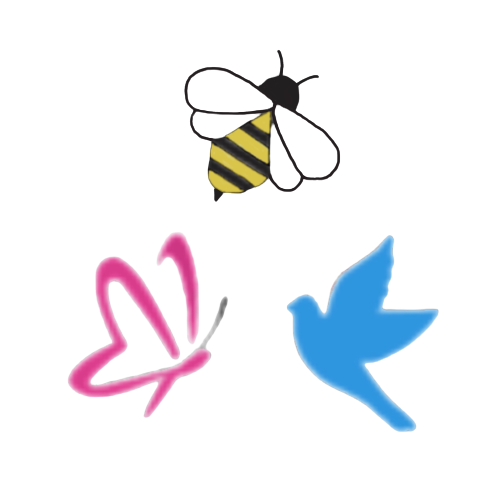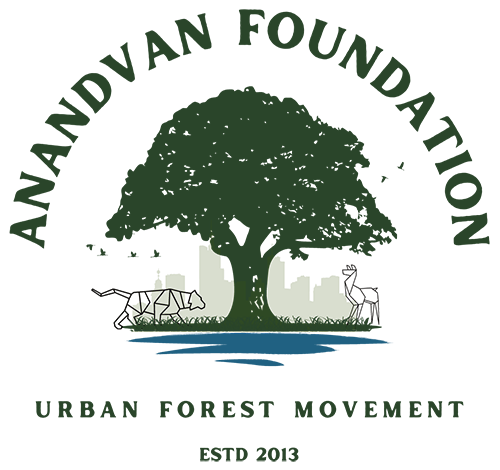Botanical name: Anogeissus pendula | Hindi: ढोक | Marathi: धावडा | English:Button tree
About
The Button Tree, known as ढोक, Kardhai, or धावडा in Hindi and Anogeissus pendula scientifically, is a resilient and adaptable tree growing up to 15 meters tall. Its distinctive leaves are small, round, and leathery, resembling buttons (hence the name). During spring, clusters of tiny, greenish-yellow flowers adorn the branches, followed by unique button-shaped fruits. These fruits, initially green, turn brown and split open at maturity, revealing a single flat seed. The bark is smooth and light grey, becoming rougher with age. Found in dry forests and scrublands, the Button Tree thrives in harsh conditions and tolerates poor soil and drought.
Interesting Facts



Anandvan Trivia Quiz
Question 1: What is common between Dhonk ( ढोक or धावडा) and Banyan Tree?Answer: The Dhonk (Button Tree) and Banyan Tree are both found in India and share some interesting similarities:
- Habitat: Both thrive in hot and dry climates, often found in scrublands and forests.
- Resilience: Both are known for their durability and ability to withstand harsh conditions like drought and poor soil quality.
- Cultural Significance: Both hold cultural significance in India, associated with deities and used in religious practices.
- Indirect Culinary Connection: While not directly consumed, they both indirectly contribute to culinary delights through honey produced by bees feeding on their flowers.
However, key differences exist:
- Species: Dhonk belongs to the family Combretaceae, while Banyan Tree belongs to Moraceae.
- Growth Habit: Dhonk is a single-trunked tree, while Banyan Tree is a strangler fig with aerial roots.
- Leaves: Dhonk has small, round leaves, while Banyan Tree has large, elliptical leaves.
- Fruits: Dhonk has button-shaped fruits, while Banyan Tree has fig-like fruits.
While not identical, both Dhonk and Banyan Tree exhibit resilience and hold cultural significance in the Indian landscape.

